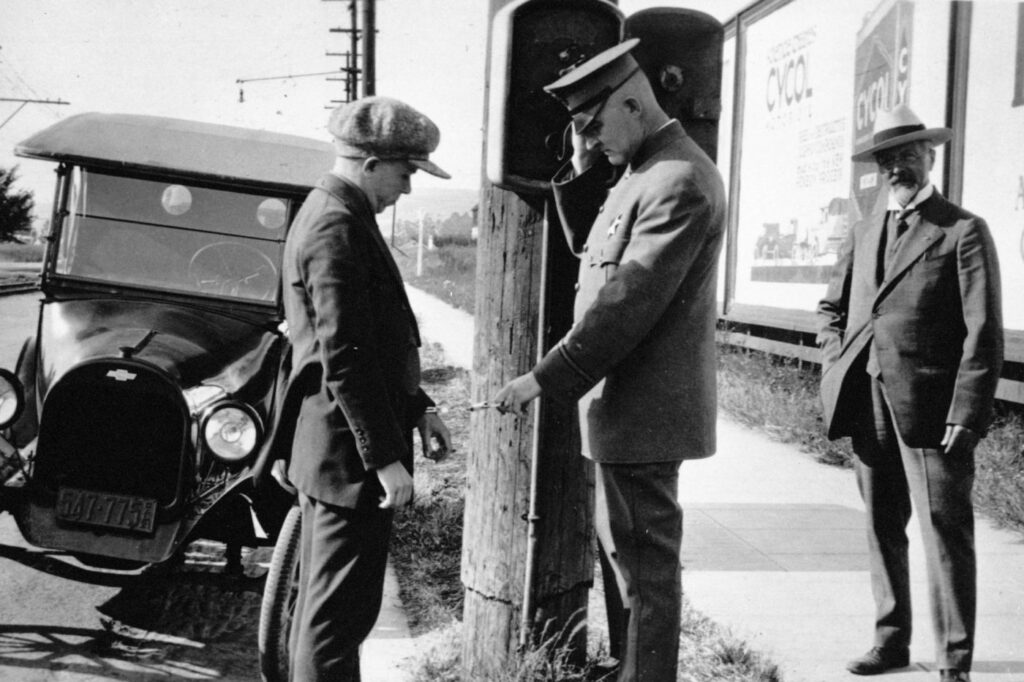
UPDATE: Today marks the 100th anniversary of the groundbreaking for Berkeley’s historic Chamber of Commerce building, a pivotal moment in the city’s architectural and commercial development. On August 11, 1925, construction began at the northwest corner of Center Street and Shattuck Avenue, setting the stage for what would become the iconic Wells Fargo Building, Berkeley’s first commercial high-rise.
This significant event not only reshaped the Berkeley skyline but also symbolized the city’s ambitions for growth. Upon its completion, the towering 13-story structure was the tallest in Berkeley, aside from the Campanile. The Berkeley Daily Gazette hailed the project as a testament to “downtown’s gigantic progress” just days before the groundbreaking.
As the community celebrated this landmark construction, city officials were simultaneously engaged in plans to expand urban infrastructure. The city was petitioning the state Railroad Commission to allow the extension of Addison Street across a triangular parcel of land between the two sides of Shattuck Avenue. This move aimed to enhance access to the downtown area and facilitate connections to the anticipated grand entrance to the University of California, Berkeley campus.
In the backdrop, the real estate market was also buzzing. Ads were enticing Berkeley residents to relocate to the developing community of Orinda, just beyond the Berkeley hills. Promoters showcased the affordable land prices and the lifestyle benefits, including the opening of a new country club and opportunities for outdoor sports.
Adding to the city’s transformative landscape, the Berkeley City Council approved the installation of 500 ‘boulevard stop’ signs throughout the city. These stop signs, a new concept at the time, aimed to improve safety at major intersections, reflecting the growing influence of automobiles in urban life.
Amidst this urban evolution, a historical reunion was also on the horizon. Members of the famed University of California track team, who had made headlines in 1895 for their victories across the East Coast, were planning a reunion on the Berkeley campus, further anchoring the university’s legacy in competitive sports.
Today, as we reflect on this significant milestone in Berkeley’s history, the impact of these decisions is still felt. The construction of the Wells Fargo Building not only marked a new era of commercial development but also paved the way for future infrastructure improvements and urban planning initiatives.
As we celebrate this centenary, local officials and historians, including community historian Steven Finacom, emphasize the importance of recognizing this moment as a catalyst for Berkeley’s ongoing evolution. The groundbreaking represents a commitment to growth and progress that continues to influence the city’s trajectory today.
Stay tuned for more updates on Berkeley’s transformation as we explore how historical events shape our communities. This anniversary serves as a reminder of the ongoing journey of urban development and the importance of remembering our past as we build for the future.




